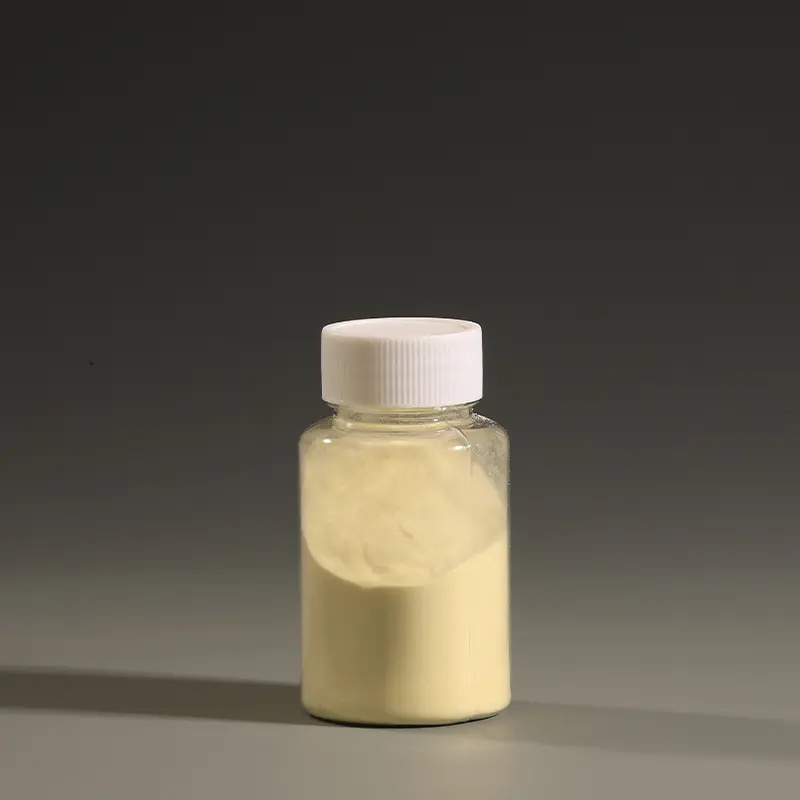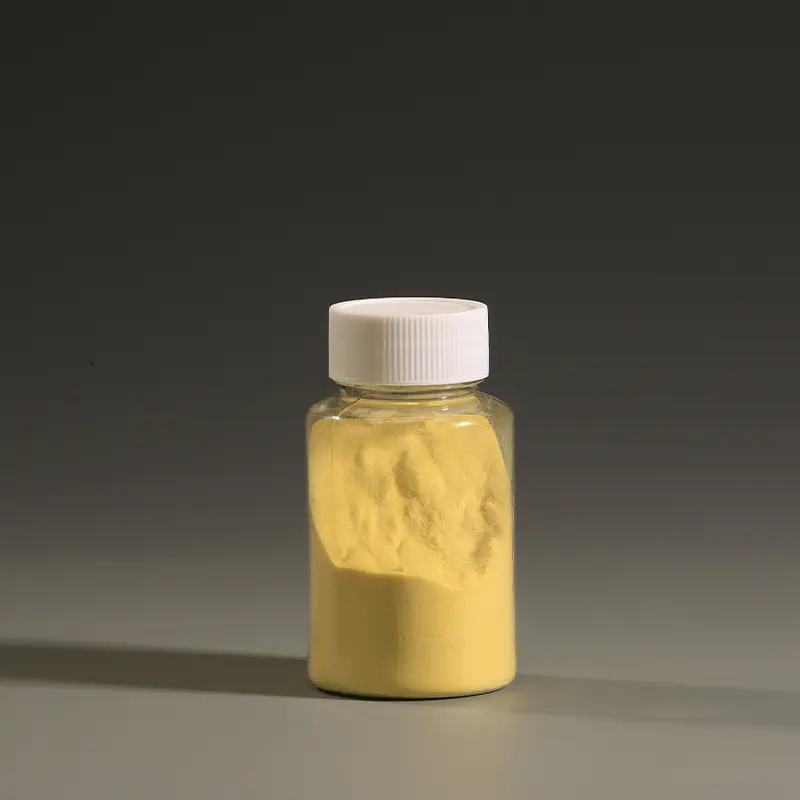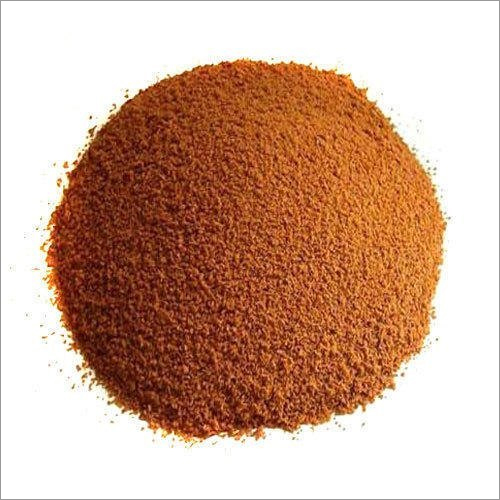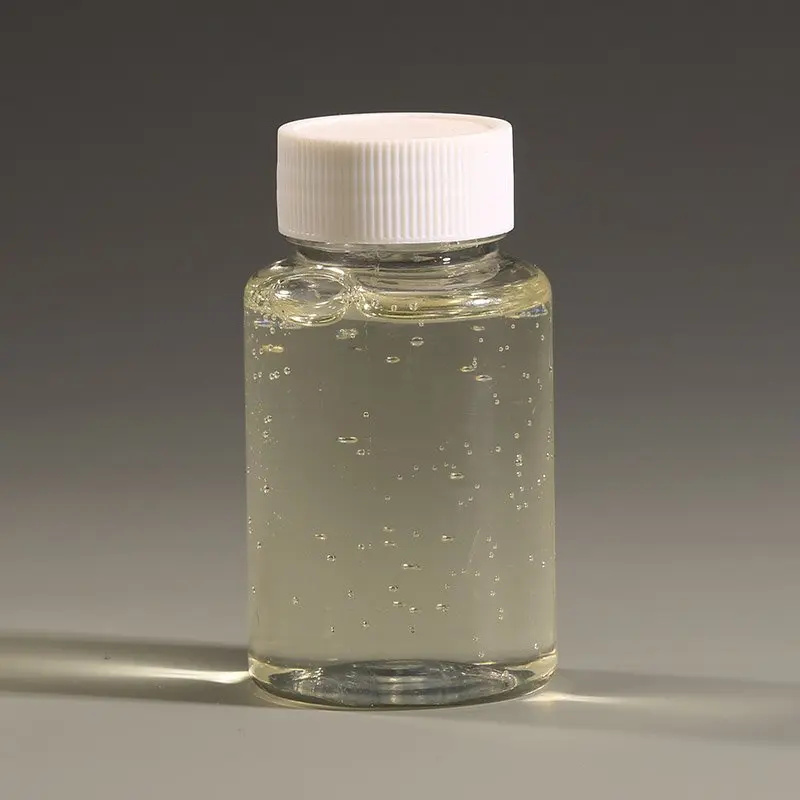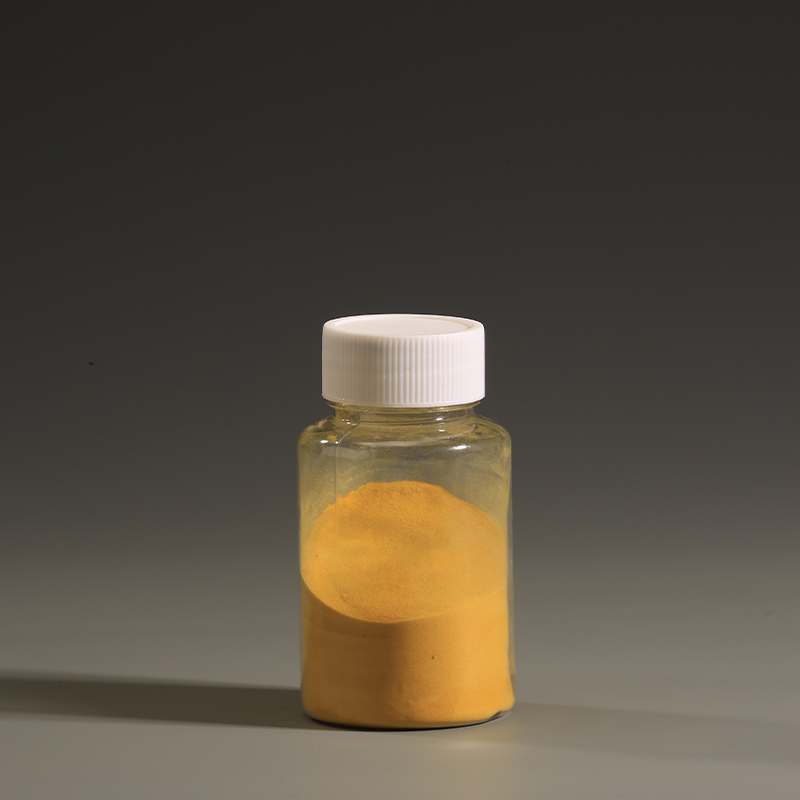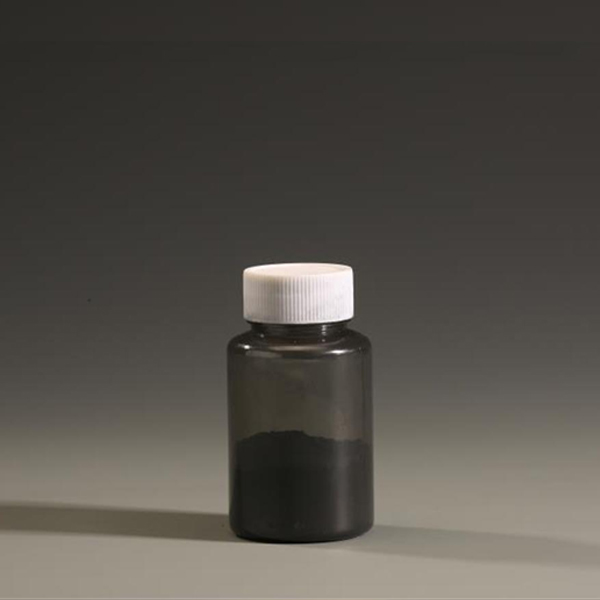PAC-flokkuleringsmiddel
Introduksjon
Polyaluminiumklorid er et multifunksjonelt flokkuleringsmiddel som er mye brukt i vannbehandling, avløpsrensing, masseproduksjon og tekstilindustrien. Den effektive flokkuleringsevnen og den praktiske bruken gjør det til et viktig hjelpemiddel i ulike industrielle prosesser.
Polyaluminiumklorid (PAC) er en blanding av aluminiumklorider og hydrater. Den har god flokkuleringsevne og bred anvendelse, og kan brukes i vannbehandling, avløpsrensing, masseproduksjon, tekstilindustri og andre felt. Ved å danne flokkulering fjerner PAC effektivt suspenderte partikler, kolloider og oppløste stoffer i vann, noe som forbedrer vannkvaliteten og behandlingseffektene.
Teknisk spesifikasjon
| Punkt | PAC-I | PAC-D | PAC-H | PAC-M |
| Utseende | Gult pulver | Gult pulver | Hvitt pulver | Melkepulver |
| Innhold (%, Al2O3) | 28–30 | 28–30 | 28–30 | 28–30 |
| Basalitet (%) | 40–90 | 40–90 | 40–90 | 40–90 |
| Vannuløselig stoff (%) | 1.0 MAX | 0,6 MAX | 0,6 MAX | 0,6 MAX |
| pH | 3,0–5,0 | 3,0–5,0 | 3,0–5,0 | 3,0–5,0 |
Bruksområder
Vannbehandling:PAC er mye brukt i urban vannforsyning, industrielt vann og andre vannbehandlingsprosesser. Det kan effektivt flokkulere, utfelle og fjerne urenheter i vann for å forbedre vannkvaliteten.
Avløpsrensing:I avløpsrenseanlegg kan PAC brukes til å flokkulere slam, fjerne suspendert stoff i avløpsvann, redusere indikatorer som KOD og BOD, og forbedre effektiviteten av avløpsrensingen.
Masseproduksjon:Som flokkuleringsmiddel kan PAC effektivt fjerne urenheter i massen, forbedre massekvaliteten og fremme papirproduksjon.
Tekstilindustrien:I farge- og etterbehandlingsprosessen kan PAC brukes som flokkuleringsmiddel for å fjerne suspenderte partikler og forbedre rensligheten til farge- og etterbehandlingsvæsken.
Andre industrielle bruksområder:PAC kan også brukes i utvasking av gruvedrift, vanninjeksjon i oljefelt, gjødselproduksjon og andre felt, og har et bredt spekter av industrielle bruksområder.
Produktemballasje og transport
Emballasjeform: PAC leveres vanligvis i form av fast pulver eller væske. Fast pulver pakkes vanligvis i vevde poser eller plastposer, og væsker transporteres i plastfat eller tankbiler.
Transportkrav: Høy temperatur, direkte sollys og fuktige omgivelser bør unngås under transport. Flytende PAC bør beskyttes mot lekkasjer og blanding med andre kjemikalier.
Oppbevaringsforhold: PAC skal oppbevares kjølig og tørt, unna ildkilder og brennbare stoffer, og unna høye temperaturer.
Merk: Ved håndtering og bruk av PAC skal det brukes egnet verneutstyr for å unngå direkte kontakt med hud og øyne. Ved utilsiktet kontakt, skyll straks med rent vann.
Hvordan velger jeg riktige kjemikalier til bruken min?
Du kan fortelle oss om ditt bruksscenario, for eksempel bassengtype, egenskaper ved industrielt avløpsvann eller nåværende behandlingsprosess.
Eller oppgi merke eller modell på produktet du bruker for øyeblikket. Vårt tekniske team vil anbefale det mest passende produktet for deg.
Du kan også sende oss prøver for laboratorieanalyse, så vil vi formulere tilsvarende eller forbedrede produkter i henhold til dine behov.
Tilbyr dere OEM- eller private label-tjenester?
Ja, vi støtter tilpasning innen merking, emballasje, formulering osv.
Er produktene deres sertifiserte?
Ja. Produktene våre er sertifisert av NSF, REACH, BPR, ISO9001, ISO14001 og ISO45001. Vi har også nasjonale oppfinnelsespatenter og samarbeider med partnerfabrikker for SGS-testing og vurdering av karbonavtrykk.
Kan du hjelpe oss med å utvikle nye produkter?
Ja, vårt tekniske team kan hjelpe med å utvikle nye formler eller optimalisere eksisterende produkter.
Hvor lang tid tar det for dere å svare på henvendelser?
Svar innen 12 timer på vanlige virkedager, og kontakt via WhatsApp/WeChat for hastesaker.
Kan du gi fullstendig eksportinformasjon?
Kan gi et fullstendig sett med informasjon som faktura, pakkseddel, konnossement, opprinnelsessertifikat, sikkerhetsdatablad, COA, osv.
Hva inkluderer ettersalgsservice?
Tilby teknisk støtte etter salg, klagehåndtering, logistikksporing, ny utstedelse eller kompensasjon for kvalitetsproblemer, osv.
Tilbyr dere veiledning for bruk av produktet?
Ja, inkludert bruksanvisning, doseringsveiledning, teknisk opplæringsmateriell osv.


